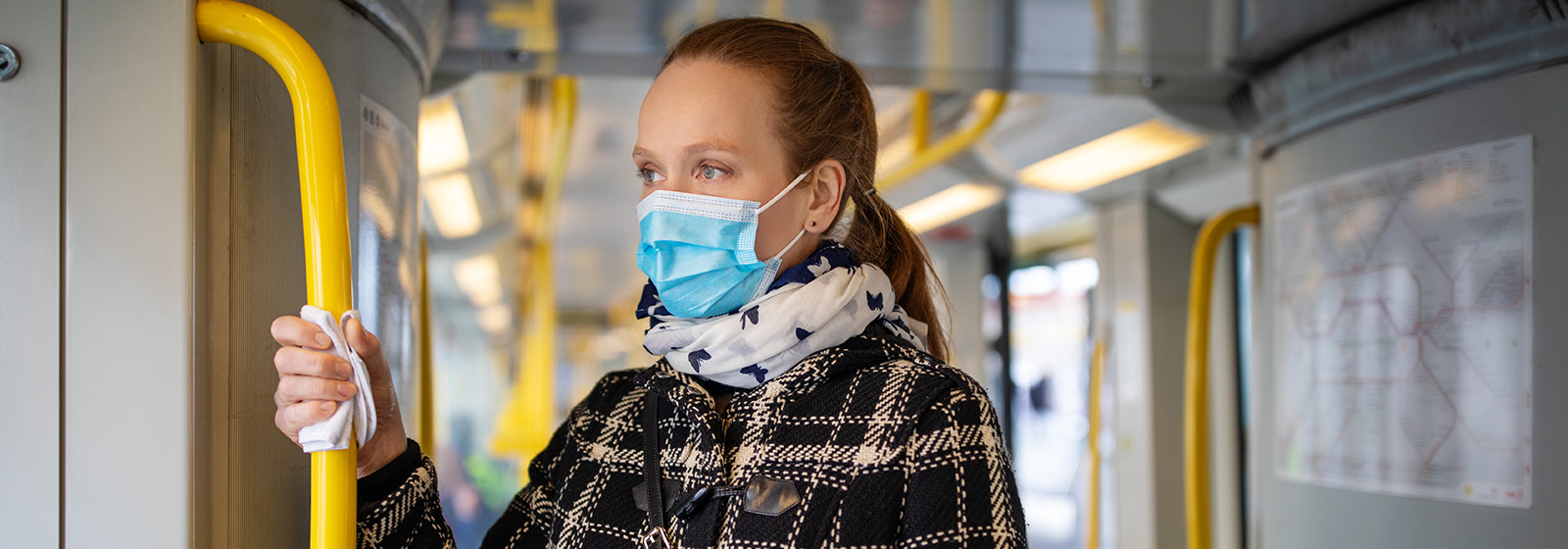Essential travel: 3 steps to help you travel safely if you need to go
While COVID-19 has impacted all aspects of life, including travel plans, some Canadians may still need to travel. Whether you have an essential work trip or need to travel for important personal reasons, it’s key to know how to protect yourself and stay safe while doing it. Provincial health officer Dr. Bonnie Henry has asked British Columbians not to travel unless it’s essential, but if you find yourself in a position where you really do need to go, here are 3 steps to help you plan and travel safely.
Step 1: Know your destination’s visitor and quarantine rules
Before making any firm plans, you need to ask yourself this fundamental question: is your destination accepting visitors?
To find out, check the Government of Canada’s travel restriction site and your destination’s governmental travel site to understand the travel limitations, rules, and restrictions currently in place. You’ll likely be required to quarantine on arrival, and in some cases, you may only be able to visit for specific reasons. There’s also a chance you might not be allowed to enter the country at all.

Step 2: How you travel changes the precautions you should take
Once you’ve confirmed that you can visit your destination, it’s time to start planning for the actual trip. While travelling, you should wear a mask, keep distance between yourself and others, and regularly wash your hands. These are the basics, but precautions may vary depending on how you’re getting around and your destination health guidelines.
Travelling by plane
If you’re flying, you will be required to wear a mask for the full flight. For longer flights, this might not be possible as you’ll need to eat or drink while in the air, so if this is the case, try to avoid taking off your mask while those in your direct proximity also have their masks off.
When you first board the plane, use sanitizer or disinfecting wipes to wipe down your chair, armrests, tray table, and any other surfaces at your seat.
Travelling by bus or train
If you’re taking a train or bus to your destination, avoid touching surfaces you don’t need to, but it’s still a good idea to bring sanitizer or wipes to wipe down any surfaces you will come in contact with.
Travelling by vehicle
While driving gives you more control over what you’re exposed to on your trip, there will be inevitable breaks along the way. You should try to pack your own food, but if you do need to stop for meals, use drive-through or curbside pick up whenever possible.
When you stop to fill the tank or use the bathrooms, make sure you wipe down the gas pump, toilet seats, or tap with sanitizer. A good tip for added protection is to hold the gas pump with a paper towel, often available at the pump, or sanitizer towel.

Step 3: Staying safe once you’ve arrived
Upon arrival at your destination, it’s essential to follow local health guidelines and avoid contact with anybody who has been sick. Take the extra time to understand how locals are handling the pandemic. There may be limitations on when you can shop for groceries, limited times for outdoor exercise, or even daily curfews.
Ensure you’re covered for the unexpected
Besides taking precautions to travel safely, you should always consider travel insurance when travelling abroad - and when travelling within Canada.
Why coverage is still essential for travel within Canada
- While there are interprovincial agreements in place to provide healthcare for Canadians outside of their home province, the agreements may not cover the costs of all medical emergencies.
- Your provincial healthcare coverage (MSP) will only cover services performed in a hospital or by a doctor. So, in an emergency, you may need to cover the cost of ambulance transportation, prescriptions and medical appliances you require.
- Travel insurance can also help you if you’re out of province and need to get home unexpectedly. And with plans like BCAA’s Annual Multi-trip policy, you get affordable coverage for unlimited trips (of any length!) within Canada, including coverage for COVID-19 related emergency medical costs in Canada, so that you can travel worry-free.

How BCAA Travel Insurance can help, no matter where you are
Travel with peace of mind knowing that your coverage includes the following:
- Access to 24-hour emergency assistance from anywhere in the world.
- Up to $10,000,000 in coverage for unexpected medical expenses.
- Up to $300,000 in optional coverage for unstable pre-existing medical conditions.
Plus, if you get sick while you’re away from home, BCAA Guided Care is available 24/7 to help navigate the claims process from wherever you are in the world. You may also be able to see a doctor virtually or have a doctor visit you in-person where you’re staying.
While we’ve been asked to not travel for recreation or non-essential purposes for the time being, if you do have to go, it’s crucial that you take the appropriate steps to protect yourself and others. For more information about travel during these uncertain times, visit BCAA.com/coronavirus.
As a BCAA member, you can save 10% on BCAA Travel Insurance, and up to an extra 10% with loyalty discounts.







